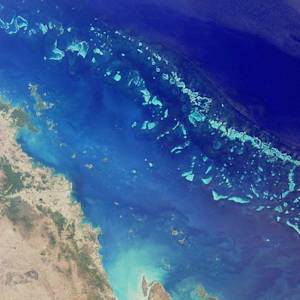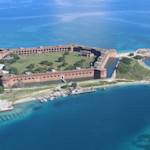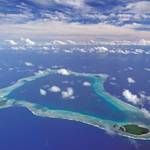The Gwaii Haanas agreement, ocean floor to mountaintop
1993 CE • Haida Gwaii, Canada
"Thirty years ago, when the people of Haida Gwaii blockaded logging roads in British Columbia, few foresaw the result – the remarkable Gwaii Haanas agreement that has reshaped how to manage contested areas... For centuries, the Haida thrived on Xhaaidlagha Gwaayaai – “the islands at the boundary of the world”. They were seafaring people, harvesting salmon, kelps, herring and clams... Near the end of the 18th century, they were nearly 30,000 strong, scattered through more than 100 villages. Within a few years, however, smallpox outbreaks brought the Haida’s total population to fewer than 600 . . . Throughout the early 20th century, the provincial and federal governments treated the lands as a colony to be plundered. The mountains were mined for copper and trawlers harvested the oceans for the largest fish . . . With mines running dry and fish stocks depleted from over-harvesting, industry turned its focus in the mid-20th century to clearcut logging – with plans to fully clear the archipelago of old-growth trees by 1996. The Haida pushed back. In 1985, dozens gathered on Athlii Gwaii (Lyell Island) to block the heavy logging machinery . . . The exceptional result led to years of tense negotiations between the Haida nation and the Canadian government, culminating in the Gwaii Haanas agreement in 1993. The landmark deal formalised protections for nearly 570 sq miles of land. Seventeen years later, Canada and the Haida protected another 1,300 sq miles of ocean, bringing the total to nearly 2,000 sq miles . . . Among the victories: 42 at-risk species are protected, including humpback whales, Steller sea lions and ancient murrelets. So, too, are unique subspecies that exist only in the region, including the world’s largest black bears and the saw-whet owl. Even the sea otter, hunted until there were none left in these waters in the late 1800s, has started returning, as have valuable kelp forests. Nearly 1.5 million seabirds nest here, and the waters are home to 5,000 marine species. Almost 40 years after the blockades, the Gwaii Haanas agreement still protects one of the only places on the planet where “ocean floor to mountain top” is seen as a single, interconnected ecosystem – part of the Haida philosophy of Gina ’Waadlux̱an KilG̱uhlG̱a, or “talking about everything”."
Leyland Cecco, "An end to plunder and pillage: how a First Nations nature reserve became a model for the world," The Guardian, September 28, 2023.
Image: Province of British Columbia via Flickr, CC BY-NC-ND 2.0 DEED Attribution-NonCommercial-NoDerivs 2.0 Generic


Learn about Maya Lin’s fifth and final memorial: a multi-platform science based artwork that presents an ecological history of our world - past, present, and future.

Discover ecological histories and stories of former abundance, loss, and recovery on the map of memory.

Learn how we can reduce our emissions and protect and restore species and habitats – around the world.

See how art can help us rethink the problems we face, and give us hope that each one of us can make a difference.

Help make a global memorial something personal and close to home. Share your stories of the natural world.


